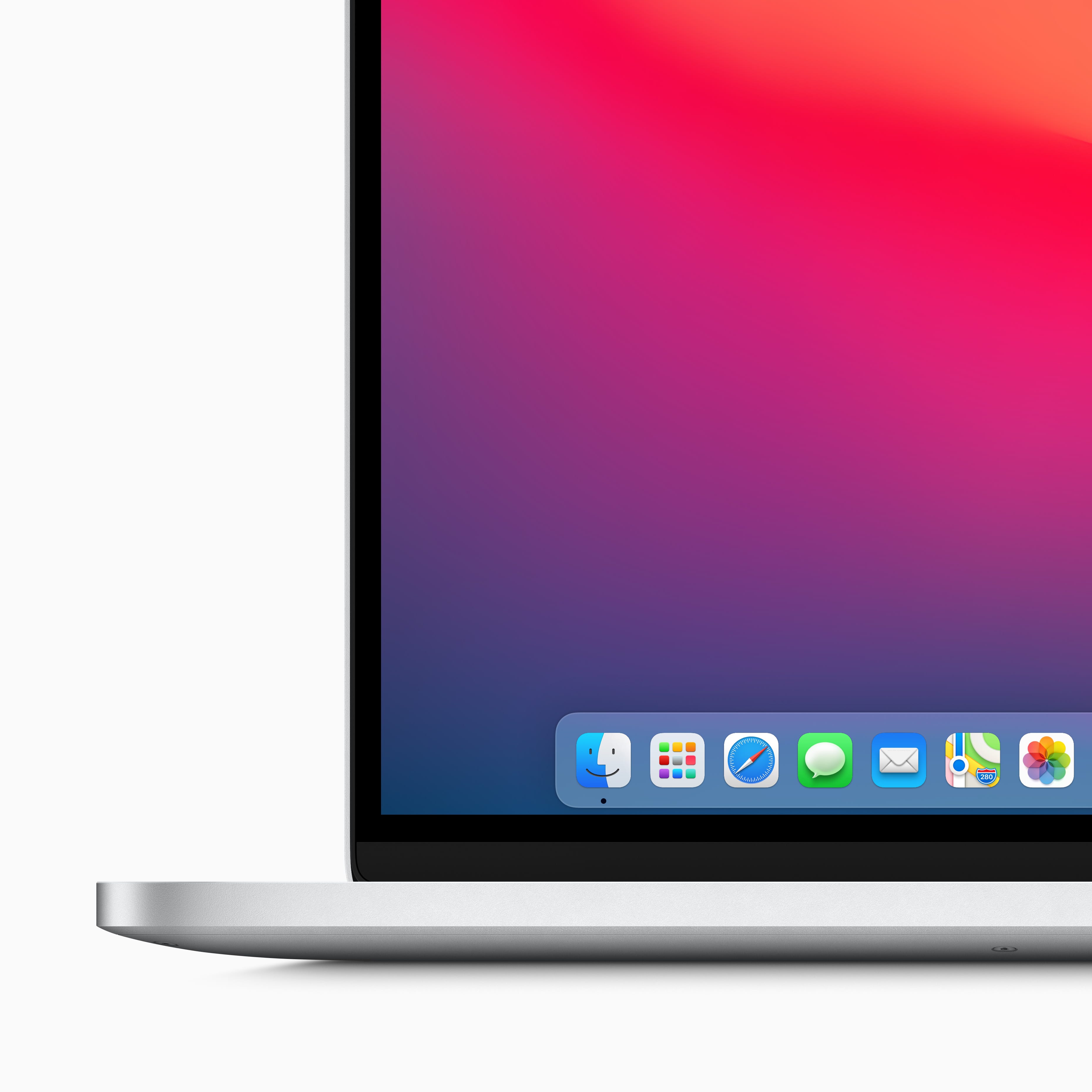

When a Mac running Intel software boots up, hold down the Option/Alt key. You can also get your hands on Windows 10 or 11 (or Windows 8). You’ll need a number of different tools to create a file that allows you to install all versions of macOS on your PC in addition to Snow Leopard. Hold down the option key while booting your Mac. The goal of this tutorial is to teach you how to install custom Linux OS using a pen drive.

It is possible to use any USB-drive computer with a customized Linux operating system. The Disk Utility should be used to format the file.

How do I get live Mac OS Os on a USB stick? Make sure your Mac has a USB drive (or flash drive). In this article, we will show you how to install the live Mac OS on a USB drive. This is a great way to test out the Mac operating system or to simply run it on a computer that does not have an optical drive. WARNING: Formatting the drive will erase all data on the drive, so you should copy any data you want off the drive prior to formatting.One of the popular ways to install and run the Mac operating system on a computer is by using a USB drive. If APFS is not available then the drive is in MBR and not GUID Partition Map. NOTE: Make sure that Scheme is set to GUID Partition Map and not Master Boot Record (MBR).

Check step 2 to confirm Disk Utility is Showing All Devices NOTE: If you don’t see Scheme, then make sure that all devices are showing and the non-indented entry is selected.


 0 kommentar(er)
0 kommentar(er)
